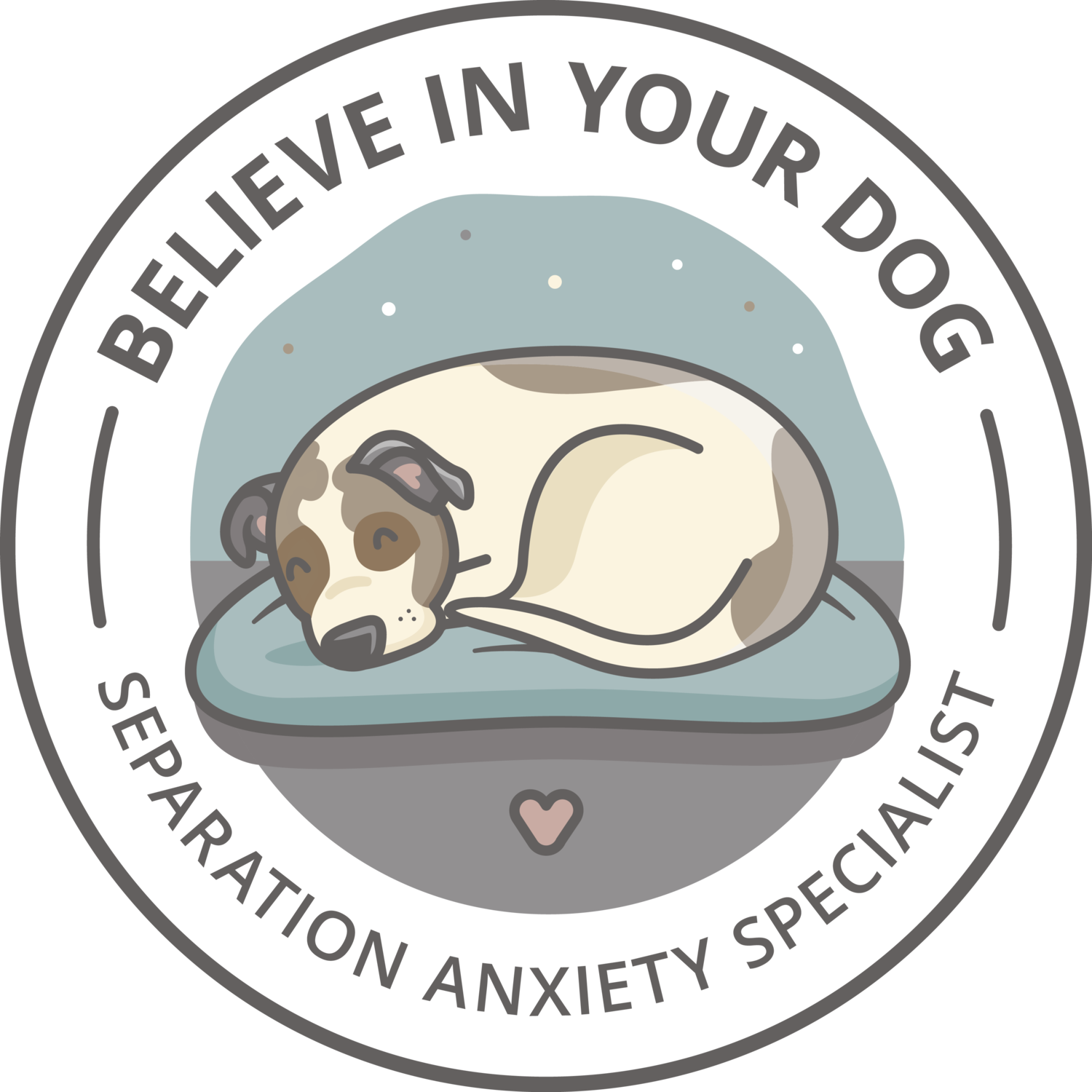5 Reasons Why Separation Anxiety Training Is Done Online
When it comes to separation anxiety training (and all dog training for that matter), the best trainers don’t need to be physically present to create lasting behavior change. This is because there is no magic in dog training. All that’s needed to teach your dog that being alone is safe are incremental plans, competent criteria-setting and body language literacy. To bring that to the table, all we need is a camera and a keyboard.
6 Separation Anxiety Myths You Need to Stop Believing In
Separation Anxiety, like most things in life, is multi-faceted and complex. Unfortunately, there is no panacea to cure it, as many popular quick-fix tips and myths have led well-meaning dog owners to believe.
What’s in a Label? Defining Separation Anxiety in Dogs
It may come as a surprise to you that there are in fact different types of separation-related behaviors. Most people use “separation anxiety” as an umbrella term to describe a variety of undesirable behaviors that dogs exhibit when home alone. But it is actually much more discrete than that. Read on to learn more.
Understanding Thresholds in Separation Anxiety Training: A Beginner’s Guide
Let’s talk about thresholds. If your dog is struggling with separation anxiety, your understanding of thresholds is absolutely paramount. It’s the baseline of knowledge you’ll need to create true, lasting behavior change. It’s the foundation upon which a separation anxiety training plan is built. Without it, we’re spinning our wheels and potentially making our dogs worse.





